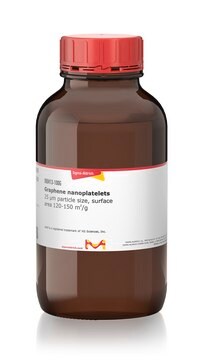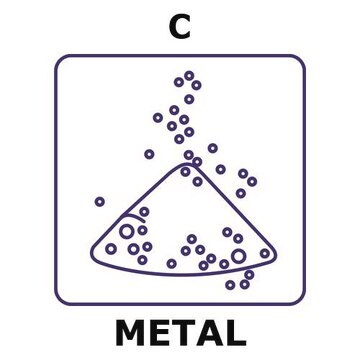484164
Carbon
glassy, spherical powder, 2-12 μm, 99.95% trace metals basis
Synonym(s):
Carbon
About This Item
Recommended Products
Quality Level
Assay
99.95% trace metals basis
form
glassy, spherical powder
mol wt
Mw 12.011 g/mol
composition
C
particle size
2-12 μm
density
1.8-2.1 g/cm3
application(s)
battery manufacturing
SMILES string
[C]
InChI
1S/C
InChI key
OKTJSMMVPCPJKN-UHFFFAOYSA-N
Looking for similar products? Visit Product Comparison Guide
Related Categories
General description
Application
Storage Class Code
11 - Combustible Solids
WGK
WGK 3
Flash Point(F)
Not applicable
Flash Point(C)
Not applicable
Choose from one of the most recent versions:
Already Own This Product?
Find documentation for the products that you have recently purchased in the Document Library.
Customers Also Viewed
Articles
Recent demand for electric and hybrid vehicles, coupled with a reduction in prices, has caused lithium-ion batteries (LIBs) to become an increasingly popular form of rechargeable battery technology.
Electrode Materials for Lithium Ion Batteries
Li-ion batteries are currently the focus of numerous research efforts with applications designed to reduce carbon-based emissions and improve energy storage capabilities.
Global Trade Item Number
| SKU | GTIN |
|---|---|
| 484164-10G | 4061832390345 |
| 484164-50G | 4061833398616 |
Our team of scientists has experience in all areas of research including Life Science, Material Science, Chemical Synthesis, Chromatography, Analytical and many others.
Contact Technical Service






